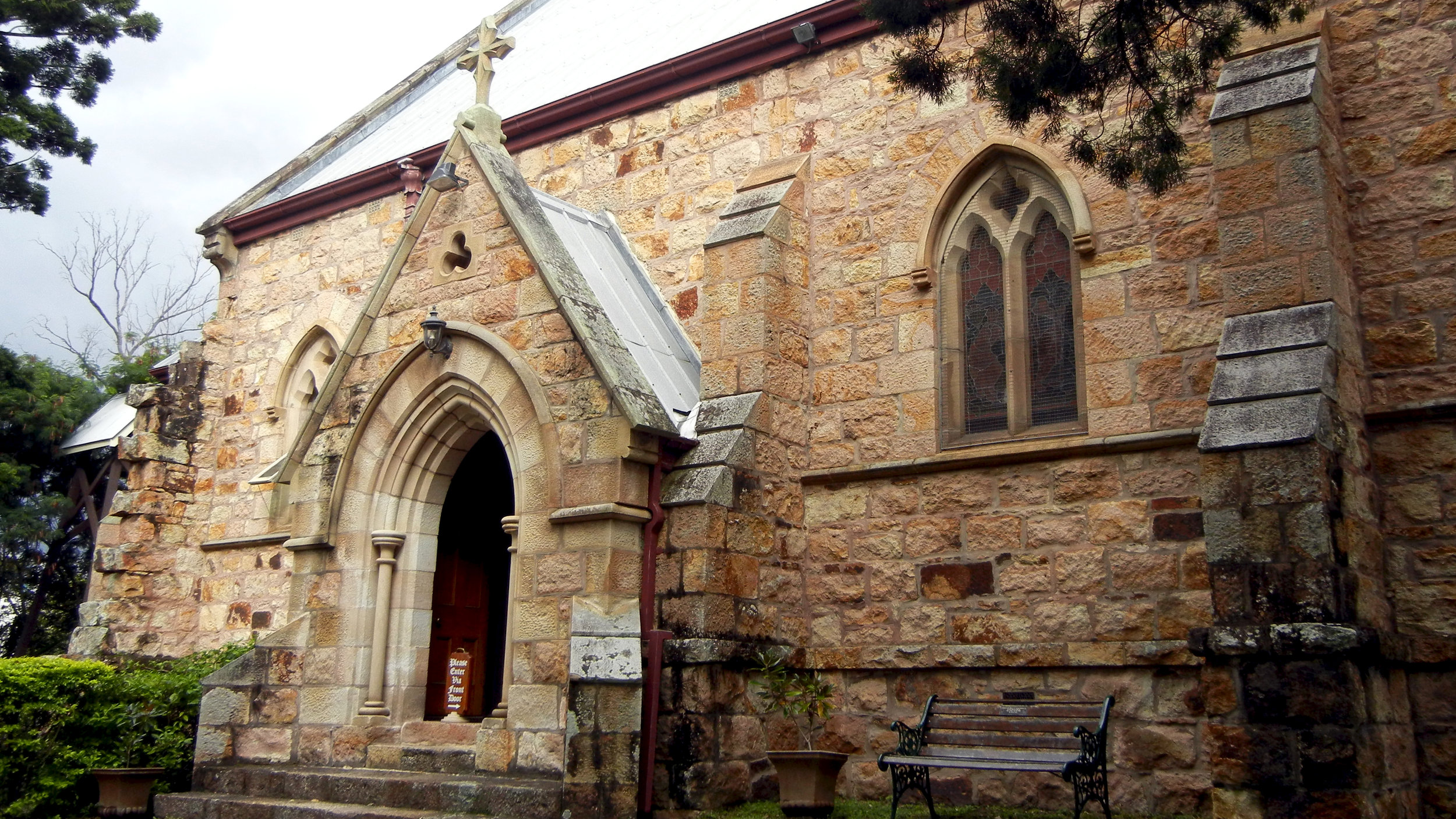Sir Charles Villiers Stanford - Postlude in D Minor, Op. 105 No. 6 (1908)
Grew up in an environment surrounded by intellectuals such as ecclesiastical professionals, Stanford was devoted to the Anglican Church and wrote a substantial number of church music. Interestingly, he often wrote them symphonically thanks to his proficiency in combining his skills in orchestrating and symphony writing. His talent had yielded movements of structural imagination and a symphonic thinking, particularly apparent in compositions written in his later years including this Postlude.
Stanford’s music has always been praised for its beauty. Vaughan Williams once commented that “In Stanford’s music the sense of style, the sense of beauty, the feeling of a great tradition is never absent.” By looking at his church music such as this Postlude, one might realise that its beauty is significantly enhanced by the symphonic style writing. Another factor is the persistent use of melody as the foundation of his music. This emphasis on melody is notable and is of no surprise because he was enthusiastic about writing songs and operas. The bass line, although a secondary line, is also of high importance. In a letter to Greene describing his approach to composing, Stanford wrote “get a good voice part and a good bass part: the middle is texture and trimmings, though very important ones”. This Postlude, which is entirely connected by melodic themes and lyrical passages, clearly exemplifies his maxim.
Apropos of melodies, this Postlude also reflects that Stanford favoured simple intervals, widely used in Irish folk music. Infusing its contours might be due to his love of Ireland, his home country, as well as his preference for classical traditions. He had a strong aversion to modern music and strenuously advocated Brahms, his mentor, as a compositional model. The biggest difference between his style and that of the conservative continental romantics is his avoidance of distant intervals in melodies. While Stanford’s melodic style might be distinctive, his harmonic palette is largely rooted in that of the traditional German school. In this Postlude, the music deals firmly with tonal centres and a bold sense of key is retained throughout; chromatic language which was extensively used in Stanford’s time, is only occasionally used for colouring and the tonal centre is in no way obscured, adhering to the formal harmonic language akin to Brahms and Mendelssohn.
This Postlude, one of the few organ works of Stanford that remains widely performed today, is the most flamboyant of the whole set of preludes and postludes. It opens vigorously in D minor with a ten-bar chordal theme, using a lively dotted rhythm in 6/4 time. Followed by is a theme that is modal in character; it starts in the pedals in A major but soon returns to D minor and the grandiose opening material reappears after a series of chromatic shifts. The middle section in D major is thoughtful, consisting of running quavers. Its theme leads into a bridge that includes a reworking of the grand opening, but in D major. It then goes back to the original key and the restatement of a highly embellished and extended recapitulation of the first section brings this Postlude to a triumphal ending in D major.
